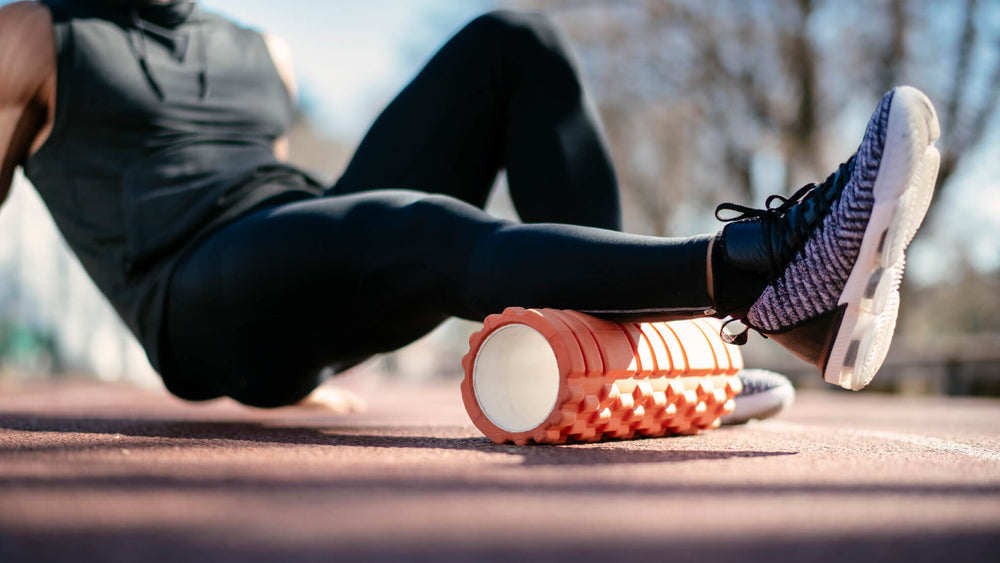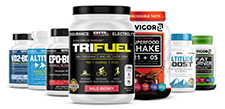How Many Carbs Per Hour Should You Consume During a Race?

If there’s one question that’s been dominating the nutrition debate lately it’s, “How many carbohydrates should I be consuming every hour to keep the wheels (and legs) spinning?”
This blog sets out to answer that question, and give you some recommendations based on recent, practical, scientific and first-hand findings.
Why Carbs Matter
Carbohydrates are your body’s premium fuel. During high-intensity efforts (like surging up steep climbs or kicking out a sprint) your muscles tap stored glycogen first. Once those tanks deplete, performance crashes, fatigue sets in, and bonking becomes a very real possibility. Strategic carb intake during exercise helps:
- Maintain blood glucose so your brain stays sharp and motivation doesn’t wane
- Spare muscle glycogen for critical moments (i.e., that final uphill push)
- Delay fatigue and keep you ticking along at your target pace
The Classic Guideline: 30–60g per hour
For the majority of endurance athletes tackling events lasting 1–2.5 hours, the consensus recommendation is 30–60 grams of carbohydrate per hour.
This range:
- Supports moderate to high-intensity efforts
- Is easily met with one gel (usually ~20–25 g) plus a half-bottle of sports drink (~30–35 g)
- Keeps calories manageable so you’re not sloshing weight around
If you’re racing a marathon or a long mountain bike course, aim for the lower end when you’re cruising, and edge toward 60 g/hr on steeper, harder sections.
Pushing the Envelope: Up to 90g per hour
When your event stretches into 3+ hours, research shows you can actually absorb more—up to 90 g/hr, but there’s a caveat. Your gut can only shuttle so much glucose at once (roughly 60 g/hr). To break past that ceiling, you need a second transporter: fructose.
- Mix a 2:1 ratio: 2 parts glucose (maltodextrin) to 1 part fructose
- Examples:
- 60g glucose + 30g fructose = 90g total
- Sports products labeled “high-rate carb” or “multiple transportable carbohydrates”
This strategy is perfect for ultras, long gran fondos, or back-to-back mountain days when maximizing intake while avoiding bubble gut is key.
Timing and Delivery
Consistency trumps volume. Small, steady sips or bites every 15–20 minutes beat one giant sugar dump every hour or two. Try:
- Gels or chews every 20 minutes (~20g each)
- Beveragessipped in 100–200 ml swigs every 15 minutes (12–18g carb each)
- Bars or real foods like dates or small banana chunks (portable but chew-intensive)
Practice this in training until you find your sweet spot—both in rate and product tolerance.
Listen to Your Gut
No two athletes are identical. Some people can handle gas station pizza without problem and others need to closely adhere to a meticulously planned nutrition schedule. To dial in your ideal intake:
- Experimentin long training sessions, not on race day.
- Trackwhat you eat, how often, and any gut issues.
- Adjust ratios (glucose vs. fructose), textures (liquid vs. gel vs. chew), and timing (continuous nibbles vs. actual snake breaks).
Race Day Checklist
- Pack at least one carb source per hour of estimated finish time.
- Label bottles or feed bags with timing cues (e.g., “Gel @ 20 min, 40 min, 60 min…”).
- Never rely 100% on aid stations—some races provide limited options at aid stations and some only sporadically stock much at all.
Takeaways
For most endurance events, start at 30–60 g of carbs per hour, and if you’re venturing beyond three hours, nudge that up toward 90 g/hr using a mix of maltodextrin and fructose. Practice relentlessly, pace yourself, and your body will reward you with a strong, steady performance from start to finish.
Take the next step in your training regimen: Try any BRL Sports supplement risk-free! If our natural nutritional products aren’t the best you’ve ever used, simply return your purchase for a 100% refund — no questions asked!
Also in Inspiration & Perspiration

High Altitude Supplements: Complete Guide to Training & Prevention (Altitude Sickness Solutions)
Support endurance and reduce altitude stress with supplements that improve oxygen efficiency, stamina, and recovery in high-altitude conditions.

Best Supplements For Runners: Complete Guide By Training Phase (Base, Peak, Taper & Race Day)
Discover the best supplements for runners by training phase—base, peak, taper, and race day—to boost endurance, recovery, and performance.

Creatine for Endurance vs. Sprint Efforts
Creatine isn’t just for power—learn how it boosts sprint speed, recovery, and endurance performance.



